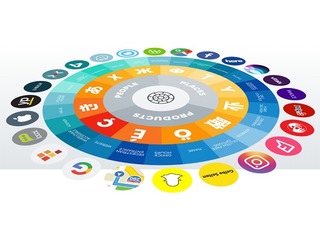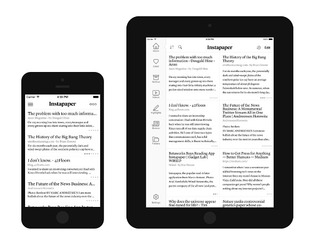How does Ginkgo Bioworks make money?
Ginkgo makes the majority of its money from the sale of its end-to-end COVID-19 testing services
Read more... Founded in 2009 and launched in 2010, Pinterest helped usher in a new wave of social networking.
Founded in 2009 and launched in 2010, Pinterest helped usher in a new wave of social networking.
While the first generation of social networks (Facebook, LinkedIn, and Twitter) focused on general purpose connections and discussions, Pinterest zeroed in on a unique and novel use case: sharing creative ideas.
Instead of sharing status updates or photos of friends, users on Pinterest upload and share "pins"—often images but sometimes videos—to various "pinboards" they've created. For example, one might create a pinboard dedicated to tasty chocolate desserts, and pin images that link to recipes for chocolate chip cookies and flourless chocolate cake. Another broad use case might be a style-based pinboard, like one for wedding dresses or another for summer wear.
Though free to use, Pinterest requires registration for users to access the site. Last October, the site reached 150 million users, with just over half of those coming from outside the U.S.
And that large customer base is the key to Pinterest's business model. Like the majority of free-to-use social networks (from Facebook to Snapchat), the company makes its money by leveraging its userbase as an audience for advertisers.
Anyone—including businesses—can create and post pins, but like a status update on Facebook or a tweet on Twitter, a pin will only go so far organically based on number of users following the pinner and resharing the pin.
Businesses that want their pins to be seen by more people can purchase Promoted Pins, native ad units that help raise brand awareness, capture purchase intent, or drive website traffic. Promoted Pins, which operate as cost-per-click (CPC) ads, can be targeted to users based on location, demographic, or device. Unlike what you might expect from a traditional ad, however, Pinterest disallows calls to action and other explicitly promotional material. In other words, Promoted Pins should be worth pinning.
Cost of ad campaigns will vary from business to business and budget to budget: Pinterest asks you to set the maximum amount you want to spend on each ad click. Currently available for Canada, UK, and US businesses, Promoted Pins have already been used by some big name brands, including L'Oreal and Bank of America.
Through this single advertising product, Pinterest generated $300 million in revenue in 2015, according to Ben Silbermann, co-founder and CEO of Pinterest. More recently, multiple sources close to the company have told Recode that the company could double that figure to $600 million this year
Though we can't speak about Pinterest's financial growth with certainty, we do know they company has excelled at fundraising. All told, Pinterest has raised about $1.3 billion from a wide variety of investors, including FirstMark Capital, Bessemer Venture Partners, Andreessen Horowitz, Rakuten, and SV Angel. In March 2015, the company secured a $367 million round of funding, valuing the company at $11 billion.
That valuation makes Pinterest the tenth most valuable private company in the world, according to CB Insights, and it's why you'll so often see them at the top of "Most Likely to IPO" lists. For comparison, Snap, with revenue of $404.5 million in 2016, hit a $23.8 billion valuation on IPO day.
Ginkgo makes the majority of its money from the sale of its end-to-end COVID-19 testing services
Read more...GE Healthcare, which went public after spinning-off, makes most of its revenue from imaging products
Read more...The company makes most of its money through the sale of its Health Monitoring System
Read more...

